
MAY 2007
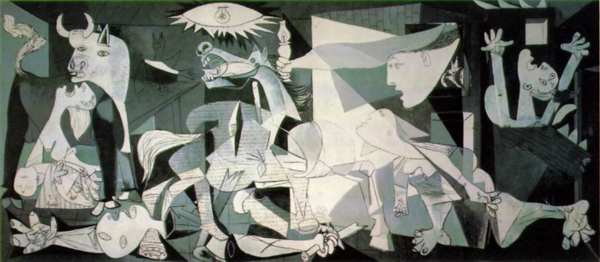
70 YEARS SINCE THAT FATAL DAY, REMEMBER GUERNICA
The attack, was the first use of what came to be known as total war. This put civilians, not just soldiers, in the front line; targets who were as legitimate as armed combatants. It has come to be an integral part of war since.
Nazi Germany, like Fascist Italy, was officially not involved in the war and both had signed a non-intervention pact. But it was widely known the German and Italian forces had been arming Franco's Nationalist troops.
At Guernica, the Luftwaffe and
planes from the Italian Aviazione Legionaria had their
first chance to see action in Operation Rügen, which was
to prove a dress rehearsal for the Second World War. Led
by Generalfeldmarschall Wolfram Freiherr von Richthofen,
the Condor Legion launched a series of low-level attacks
on the small town of about 5,000 people. The carpet
bombing created a firestorm in which the townspeople were
burnt alive. Only 1 per cent of the town's buildings were
said to have survived - most of them were on the
outskirts.
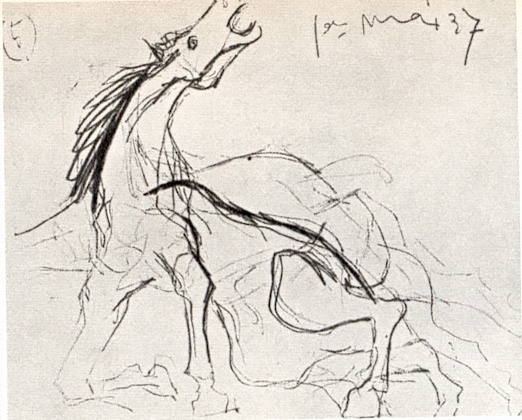
The raid was not a strategic success. Two arms factories were untouched, as was the main bridge. The tree of Guernica, where the Basque parliament had traditionally met, and which symbolises Basque independence, also escaped without a scratch.
Von Richthofen later said that
the attacks were a failure militarily. What he could not
have reckoned with was the political fallout which the
raid would cause worldwide. George Steer, a British
journalist who worked for The Times, revealed to the
world proof the Nazi regime had led the raids, breaking
the non-intervention pact. He discovered three small bomb
cases stamped with the German imperial eagle; it was
proof enough to condemn Nazi Germany and cause Franco's
Nationalists huge embarrassment around the world.
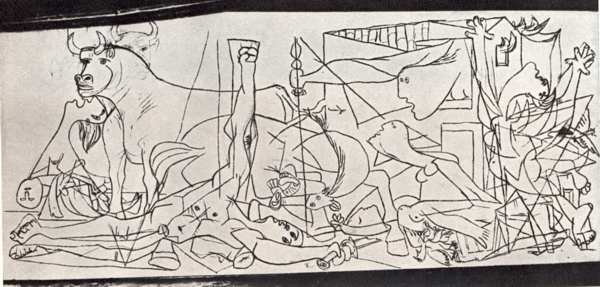
Hundreds of miles away in Paris,
Pablo Picasso read about the massacre and was outraged.
He immediately decided to change a canvas he was painting
for the Paris Exhibition and the result was Guernica, the
masterpiece which has come to symbolise the barbarity of
war.
Picasso's Guernica occupied
pride of place in the Republican Spain pavilion at the
Paris Exhibition of 1937, reminding the world what had
happened days before in the town. Picasso, who died in
1973, refused to let Guernica return to Spain during
Franco's dictatorship. It finally returned in 1981, six
years after El Caudillo's death, and hangs in Madrid's
Reina Sofia Museum.

Guernica is now at the centre of a new row, as Basque nationalists want the painting to be returned to the place which inspired the canvas. Though they do not expect this internationally famous canvas to be exhibited in Guernica, they claim it should hang in Bilbao's Guggenheim Museum.
The plan has been opposed by
the Spanish government, which has claimed Guernica is too
fragile 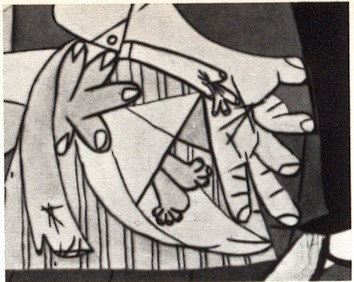 to be moved again. Instead, as a
goodwill gesture, the Spanish government is to send up to
30 sketches that Picasso used to paint Guernica which
will go on show at the Guggenheim to mark the anniversary
of the bombings.
to be moved again. Instead, as a
goodwill gesture, the Spanish government is to send up to
30 sketches that Picasso used to paint Guernica which
will go on show at the Guggenheim to mark the anniversary
of the bombings.
Thirty Spanish artists are also
to mark the anniversary with a major exhibition in
Guernica dedicated to the events which took place 70
years before. Among the artists are Juan Lui Geonaga and
Ińaki Ruiz de Eguino. They will attempt to interpret the
original vision of Picasso's mural in a series of
paintings and other works.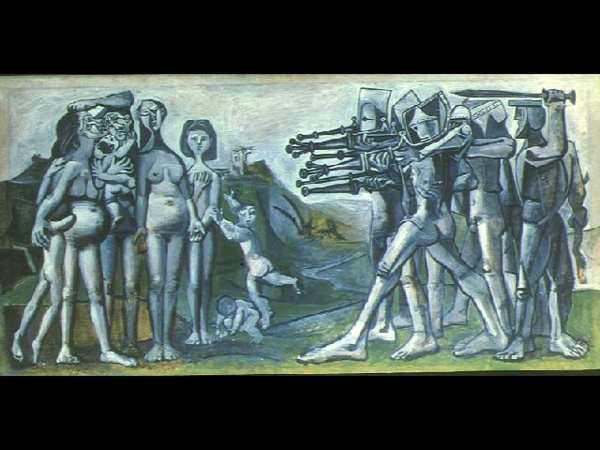
massacre coree

GOYA